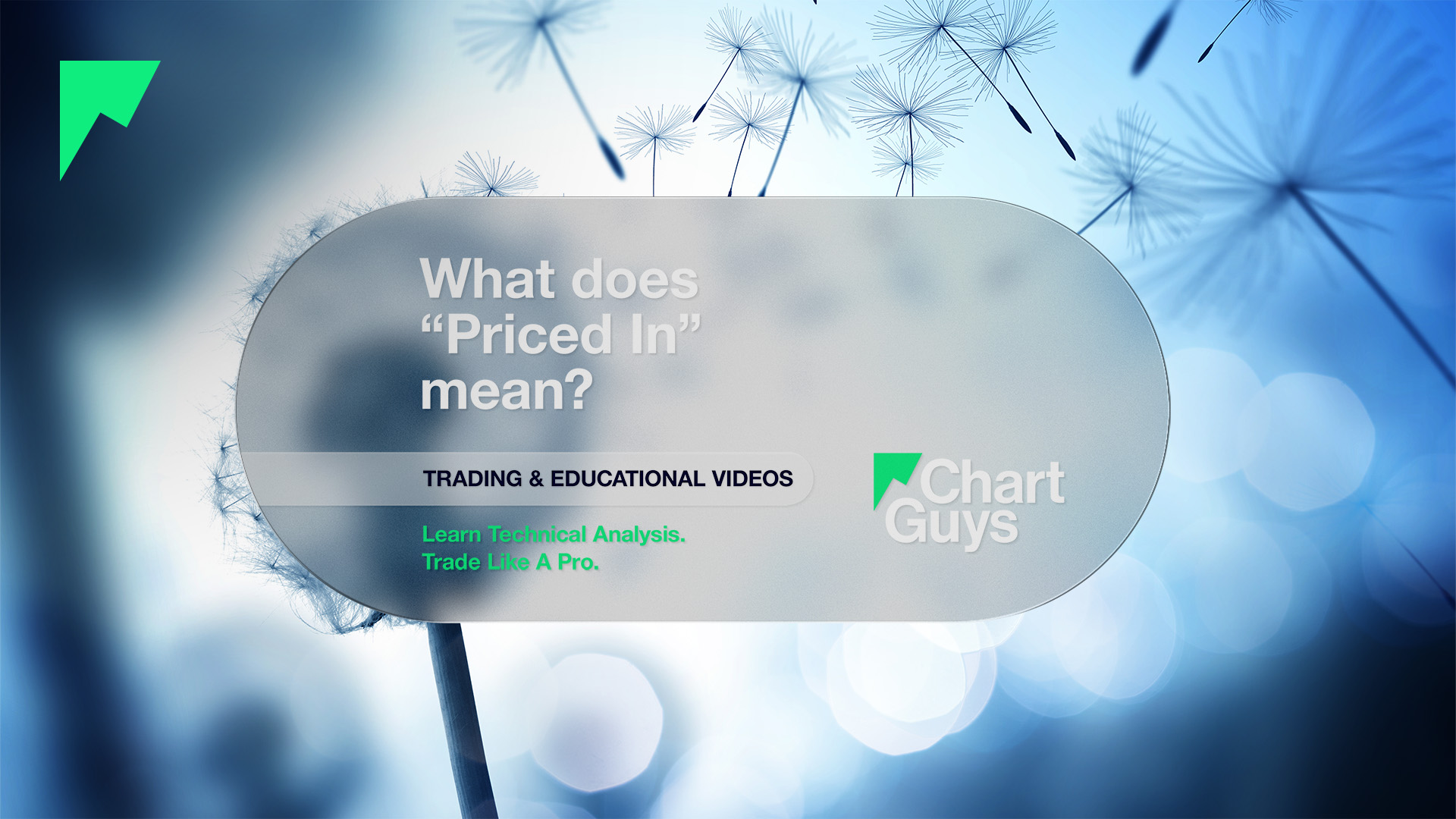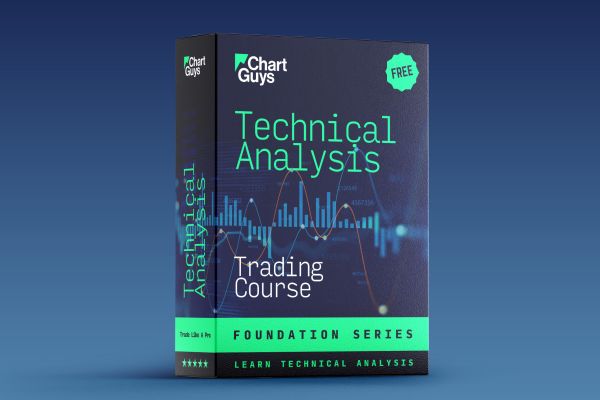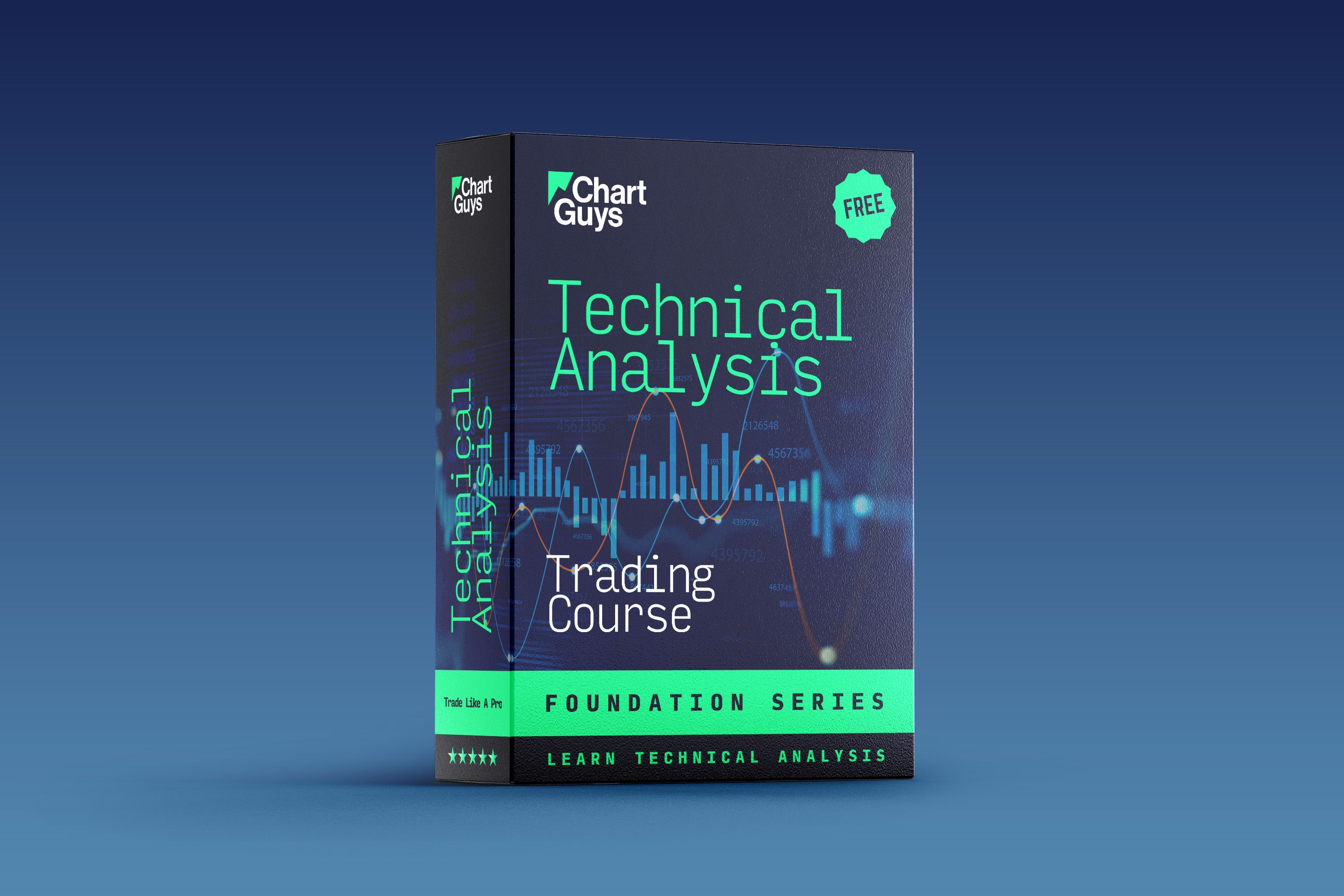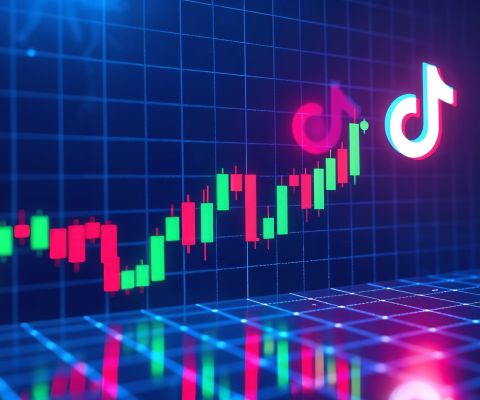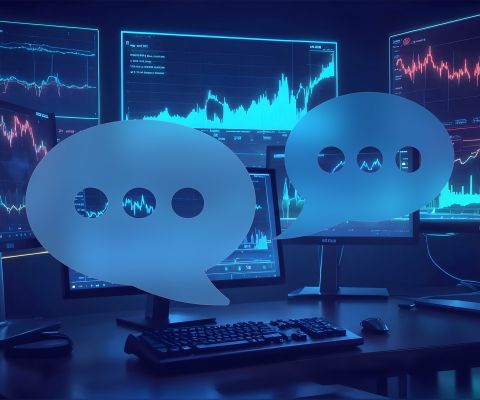Often tossed around in financial discussions, "being priced in" t is more than just a piece of jargon. It's a key to unlocking an understanding of market behavior. Our journey here is to demystify what 'priced in' really means, making it accessible whether you're a Wall Street veteran or a curious newcomer.
What Does 'Priced In' Really Mean?
'Priced in' is a term that stands at the crossroads of anticipation and market reaction. It's not just about knowing what's happening; it's about how the market has already responded to that information, often before the event or news fully unfolds. Think of it like reading a spoiler for a movie. The market, like an eager moviegoer, doesn't wait for the plot to unfold; it starts reacting based on the spoiler it has heard.
The Market: A Living, Breathing Entity
To grasp 'priced in', envision the market as a living creature. This creature's mood and movements are shaped by the collective thoughts and feelings of millions of traders. Each trader's hope, fear, and expectation contribute to the market's overall direction. Understanding 'priced in' means recognizing this collective consciousness and how it pre-empts and reacts to events.
Perception vs. Reality: The Value Dilemma
In the stock market, what's perceived as valuable might not always match the actual value. This gap is where 'priced in' becomes particularly intriguing. For instance, sectors like technology or emerging markets often see their values influenced more by what people think their future holds, rather than their current financials. The perceived value can be fueled by excitement and potential, sometimes disconnecting from the actual, tangible worth.
Playing the Probability Game in Trading
Trading is essentially a sophisticated game of probabilities. Understanding 'priced in' involves recognizing and interpreting these probabilities. It's about looking at past market patterns and using them as a guide for future possibilities. This approach is akin to an experienced chess player anticipating their opponent’s moves based on previous games.
News and Rumors: The Market’s Pulse
How the market responds to news and rumors is a classic display of 'priced in' dynamics. 'Sell the news' is a prime example. Here, the market often moves contrary to what one might expect following a major announcement, simply because it had already adjusted to the anticipated news. Rumors, too, can sway the market, as traders react based on their perceptions and expectations, not just cold, hard facts.
Conclusion
Understanding 'Priced In' is a vital part of navigating the stock market's waters. It goes beyond mere data analysis, delving into the psychology of market participants. For anyone involved in trading, from seasoned investors to enthusiastic beginners, grasping this concept is crucial for making informed decisions. It's about seeing beyond the immediate and understanding the collective mindset that drives market movements.
Disclaimer: This video transcript summary has been created or edited with the help of various AI tools.

